Discover quality writing from Asia in our award-winning magazine. Stimulating interviews and profiles; excerpts of works translated from Asian languages; fiction, poetry and book reviews, as well as a fresh look at the city KJ calls home.
- ALL
- Fiction, Poetry & Reviews
- Hidden Japan
- In Translation
- Insights From Asia
- Our Kyoto
- Tokonoma
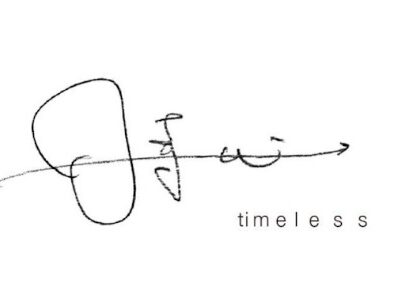
“Timeless” – A Collaboration Bridging Past and Present at artKYOTO 2024
While each gallery specializes in works from different periods and genres, they unite in this exhibition with a shared mission: to pass on the essence of Japanese aesthetics to the next generation. The selected pieces, chosen for their potential to resonate across time, seek to connect the timeless qualities of Japanese art with the contemporary atmosphere. This exhibition at artKYOTO 2024 will be the first step in an ongoing dialogue.

artKYOTO 2024- Free Tickets for Kyoto Journal Readers
Kyoto Journal is proud to be a media partner of artKYOTO 2024. This festival will contemplate the theme of “enduring beauty,” honoring Japanese aesthetic sensibilities passed down for generations, with artworks that span several eras. Sixteen different galleries and art dealers will exhibit crafts (kogei), antiques, modern and contemporary art, available both for appreciation and for purchase
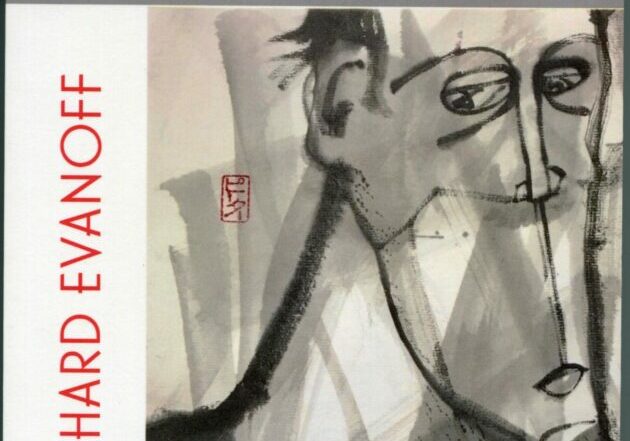
Revisiting Medieval Faith and Anarchy
For some, the Covid lockdown was an incarceration. Others hunkered down and found it liberating. Projects that had been relegated to the back burner by the everyday distractions of “normal” life caught fire, fueled by more focused attention spans. One such long-neglected endeavor was a novel first envisaged by Tokyo-based poet, writer, editor and publisher Richard Evanoff some 45 years previously.

Delphine Diallo and the Warrior Journey
Delphine Diallo is a photographic artist based in New York City and Paris. Her portraits and collages celebrate heroine and goddess figures to open conversations about multiculturalism, race, and female empowerment. A solo exhibition of new photography, The Warrior Journey, is currently on show (until the end of October) in Tokyo at space Un, an arts and culture venue focusing on contemporary African art and cultural exchange between Japan and African countries.
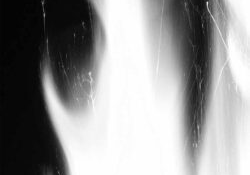
KYOTO JOURNAL RECENT ISSUES
KJ has been mostly published as a quarterly magazine, in print format. Covid severely disrupted our distribution system, so we are currently publishing three issues per year. One in print, and two digital issues. At present we are unable to offer subscriptions, and KJ is available in very few bookstores, in Japan or overseas. Fortunately, all issues can be ordered through our website’s Shop pages.
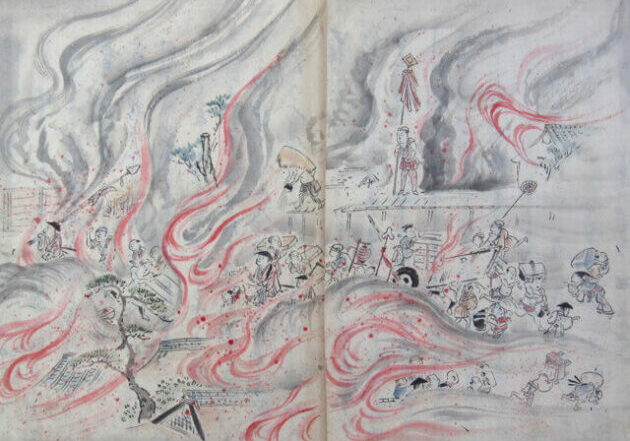
The Great Fire of Kyoto, 1788: A Forgotten History
It was mid-afternoon on the last day of the month when fire broke out just east of the Kamo river and south of the small Donguri Bridge (south of Shijō). By 6pm flames had spread as far as Teramachi, a thoroughfare containing many temples. By midnight it was at the Shimogamo Shrine. At 2am the Dairi (today called the Gosho, or imperial palace) was threatened; shortly thereafter the main walled section of the shogunal compound, Nijō Castle, was alight. Rain fell, but it was not enough, and by morning 201 temples, 37 shrines, 36,797 common dwellings and a total of 1,424 city blocks in 20 separate locations were gone.
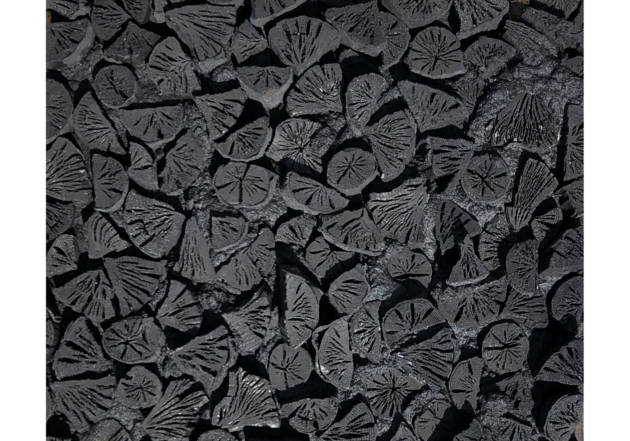
Charcoal-inspired Sumi Artistry
The Kyoto-based artist known simply as Hakama uses sumi (charcoal) as his medium in creating innovative artworks with a subtle but impressive aesthetic imbued by direct use of natural materials transformed by fire.
His work was featured in KJ 107, ‘Fire & Kyoto.’

Kyoto Flame: sparking untold narratives in Kyoto
Charles Roche, long-term Kyoto resident, reminisces about The Flame, a unique monthly community-based storytelling event held at his hospitable Papa Jon’s Eatery. As figurative keeper of the flame for three years, Charles sparked a conflagration that lit up the local scene.

MICHIKO AND THE SHUMISEN STONE
612 CE: This year a man emigrated from Baekje whose face and body were all flecked with white, perhaps having been infected with white ringworm. Disliking his extraordinary appearance, the people wished to cast him away on an island in the sea. But this man said, “If you dislike my spotted skin, you should not breed horses or cattle in this country which are spotted with white. Moreover, I have a small talent. I can make the figures of hills and mountains. If you kept me and made use of me, it would be to the advantage of the country. Why should you waste me by casting me away on an island of the sea?”

Kyotographie 2024, “Source”: Wellsprings of Creativity
For the past 13 years, co-directors Lucille Reyboz and Nakanishi Yusuke have invited the people of Kyoto – old, established families to tourists just passing through – to engage in a month-long jeu d’esprit inspired by their ecumenical embrace of all aspects of the photographic medium, from crude pinhole cameras to high-powered scientific instruments, and everything else in between.
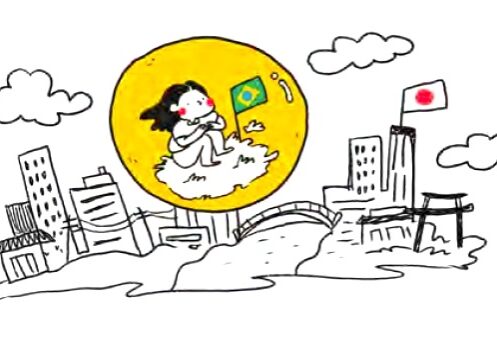
The Japanese Diaspora in Japan
What does it mean to be Nikkei, a member of the Japanese diaspora? By being simultaneously Japanese and non-Japanese, Nikkei are forcing a re-evaluation of Japanese identity.
Japanese identity is complex and often oversimplified, its nuances underappreciated. Through interviews with Nikkei—particularly those who have returned to their ancestral homeland—I hope to shine a light on their experiences as outliers of Japanese identity, find common threads, and gain a deeper insight into the edges and unspoken essence of Japaneseness—what it means to be Japanese.

White Lines
Horizontal lines on an earthen wall. Found on the outer walls of temples, some shrines, and the Imperial Palace, these lines indicate close historical ties to the Imperial family. Some temples have three or four lines, but the walls of monzeki jiin, where members of the Imperial family have served, are decorated with five.
Throughout the city of Kyoto, these lines are so ubiquitous as to go unnoticed by visitors and residents alike. For me, they have a mysterious beauty. Amidst all the classic scenes of Kyoto, I have found myself photographing these simple walls again and again. They are images which were literally painted by the weather.

Kagami: the Resonance of Ryuichi Sakamoto
Wearing a black suit and tortoiseshell glasses, he leans over a grand piano. Spotlit, his neatly cropped silver hair shines in the distance. Coming closer, I can see freckles on his pale face. He lifts his hands, lets them fall on the glossy keys, and begins ‘Before Long,’ the first of ten solo pieces he will play tonight. I can see the hammers of the Yamaha twitch.
How is this possible? The piano was not in the theater minutes earlier. And the musician—Ryuichi Sakamoto—passed away in March of 2023. Is he real? Is he present in this room? He can’t be, of course. But what does it mean to be present? To be real? The music, the sound waves, are alive. Is his spirit encoded in these frequencies and amplitudes?
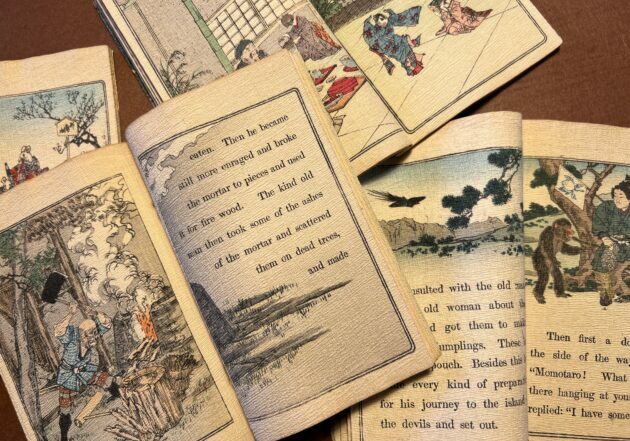
Cultural Fluidity/First Experiences
“What is your oldest memory of something Japanese? What cultural product, news story, food, or schoolbook can you recall encountering as a child?”
To expand on the theme of cultural flow, we asked this question of all KJ 106 contributors and staff. Their answers, a small sampling of experiences, are microcosms of how Japanese culture has diffused around the globe and how this flow has changed over the last century. In many cases, those things remembered were only later discovered to be Japanese.
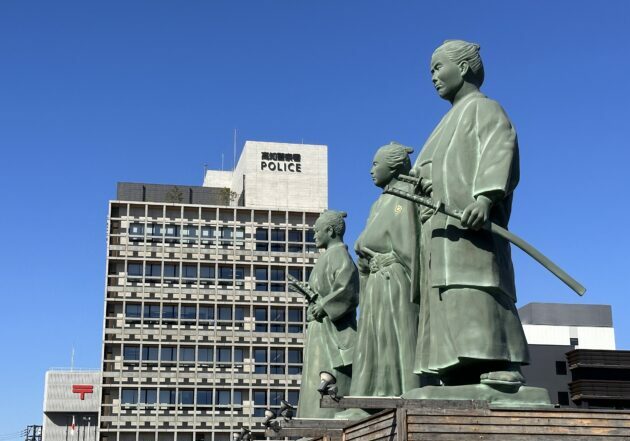
Reminiscing Ryoma
Ryōma was born in 1836 to a family that held the lowest rank in the samurai hierarchy, a title purchased by an ancestor who had made his name as a sake brewer. Despite these humble beginnings, Ryōma went on to become a master swordsman, and in recognition of his skill, his Tosa clan allowed him to continue his training in Edo. It was during his time in the old capital that American Naval Commodore Matthew Perry sailed to Japan to forcibly end the shogunate’s policy of national isolationism.

Searching for the Self
“In Japan,” the French-born American novelist and diarist Anaïs Nin writes in her Diary in the summer of 1966, “I had a weeping fit. The sweetness, kindness, consideration touched me. For once in my life I felt I was treated as I always treated people.”
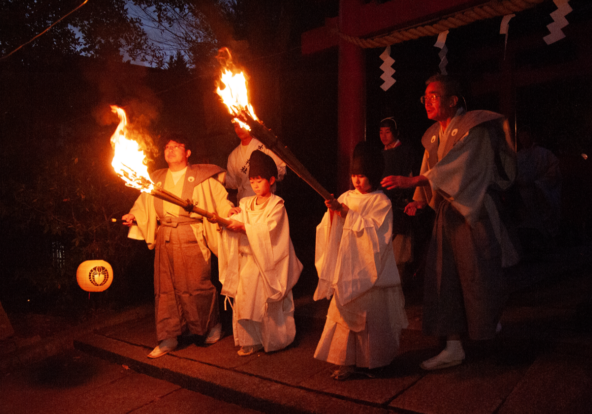
Invitation to contribute – KJ 107 (Fire & Kyoto)
Fire transforms, renews and purifies. It is deeply embedded in the culture of Kyoto as a powerful destructive force, sacred agent and essential component of everyday life. The Repeated disastrous conflagrations over its long history have left an indelible mark on the psyche of the city, even today. Fire remains an integral part of spiritual and cultural practices in Kyoto, and the prevention of fire is an ever-present concern.

Trigger of Light
I live in the spare, high desert of the American Southwest, a land of apparent and often illusory emptiness, a blinding bowl of light that triggers one to write with an economy of words. The eye follows winding arroyos, mouse tracks, and blowing seed. The breath gathers momentum along ridges, faults, and prehistoric waterlines. Fossils scatter at the feet, clay shards glisten after a sudden rain.


